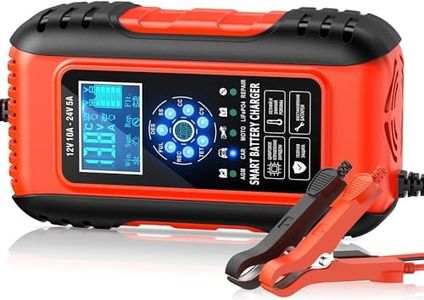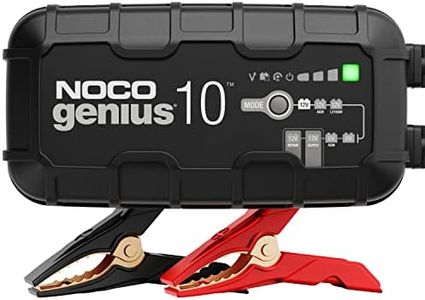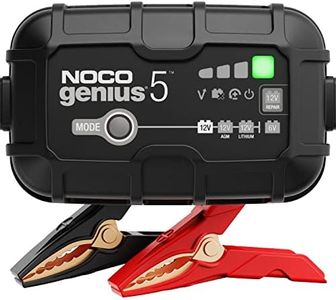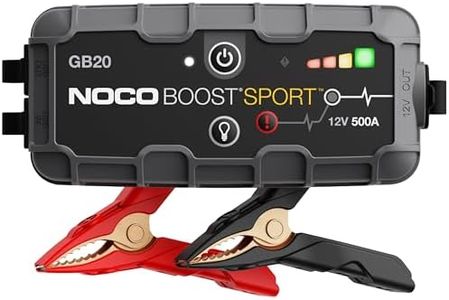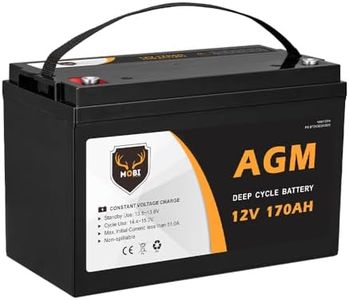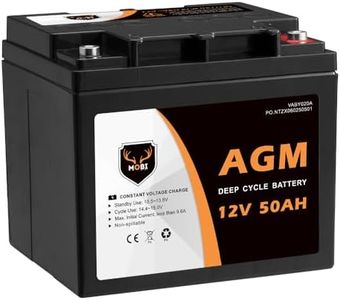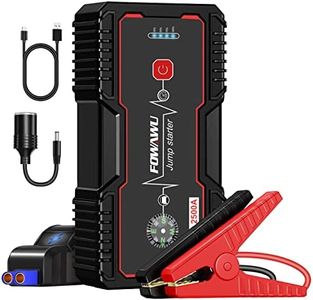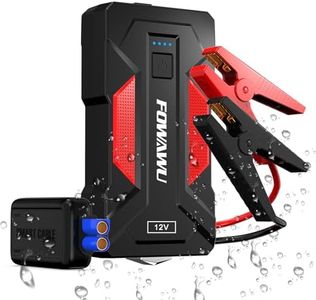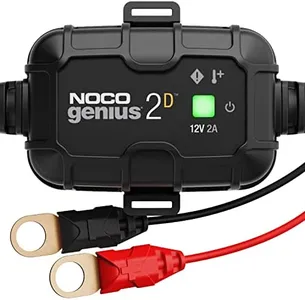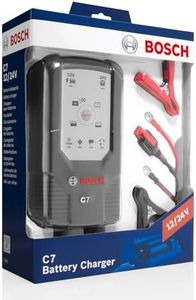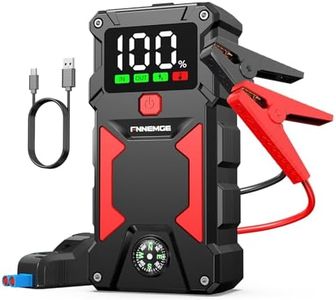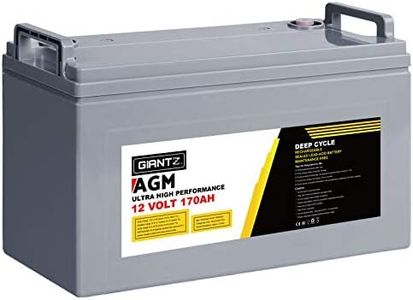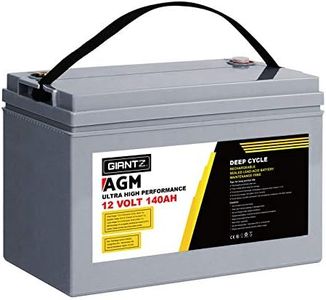We Use CookiesWe use cookies to enhance the security, performance,
functionality and for analytical and promotional activities. By continuing to browse this site you
are agreeing to our privacy policy
10 Best Car Battery
From leading brands and best sellers available on the web.By clicking on a link to a third party's website, log data is shared with that third party.
Buying Guide for the Best Car Battery
Choosing the right car battery ensures your vehicle starts reliably and runs smoothly. No matter what kind of car you drive, picking a battery that matches your usage and climate is crucial. Before making a decision, always check your vehicle’s manual for basic requirements and consider your driving habits, where you live, and how often you use electronic accessories in your car.Battery Size (Group Size)Battery size, also known as group size, refers to the dimensions, terminal placement, and type of the battery. This is important because your battery needs to physically fit in its tray and connect correctly to your vehicle’s cables. Group sizes are indicated by specific codes, and not all sizes fit every car. They are usually grouped by manufacturer recommendations; for example, some are made for smaller cars, while others are meant for trucks or SUVs. Always choose the group size recommended in your car’s manual to ensure it fits and works properly.
Cold Cranking Amps (CCA)Cold Cranking Amps (CCA) represents how much current a battery can provide at low temperatures, usually when starting your car in cold weather. This is essential because your engine needs more power to start when it's cold outside. Batteries with lower CCA might be fine in warm climates, but if you live in a cold region or face winter regularly, a higher CCA rating is beneficial. Always pick a CCA rating equal to or above what your car’s manufacturer suggests, and consider your typical weather conditions.
Reserve Capacity (RC)Reserve Capacity measures how long the battery can keep your car running if the alternator fails, typically expressed in minutes. It tells you how long your lights and accessories will work in the event of a charging system failure. Batteries with higher RC are better for vehicles with lots of electronics or if you take long trips where you rely on your battery. For most drivers in modern cars, following the manufacturer’s minimum is safe, but if you have added extra devices, a higher RC could provide extra peace of mind.
Battery Type (Lead-Acid vs. AGM)There are different types of car batteries, mainly traditional lead-acid and Absorbent Glass Mat (AGM) batteries. Lead-acid batteries are standard and cost-effective for most cars and regular driving. AGM batteries are more advanced, providing better performance with deep cycles and are more resistant to vibration – making them suitable for cars with start-stop systems, high power demands, or harsh conditions. Pick lead-acid if you have typical needs and AGM if you need extra performance or durability.
Maintenance RequirementsSome car batteries require you to check and refill water levels regularly (maintenance-required), while others are sealed and maintenance-free. Maintenance-free batteries are more convenient and are ideal for most users as they require no attention after installation. People willing and able to perform occasional upkeep may consider maintenance-required types, but for most, maintenance-free is the best bet for ease and reliability.
